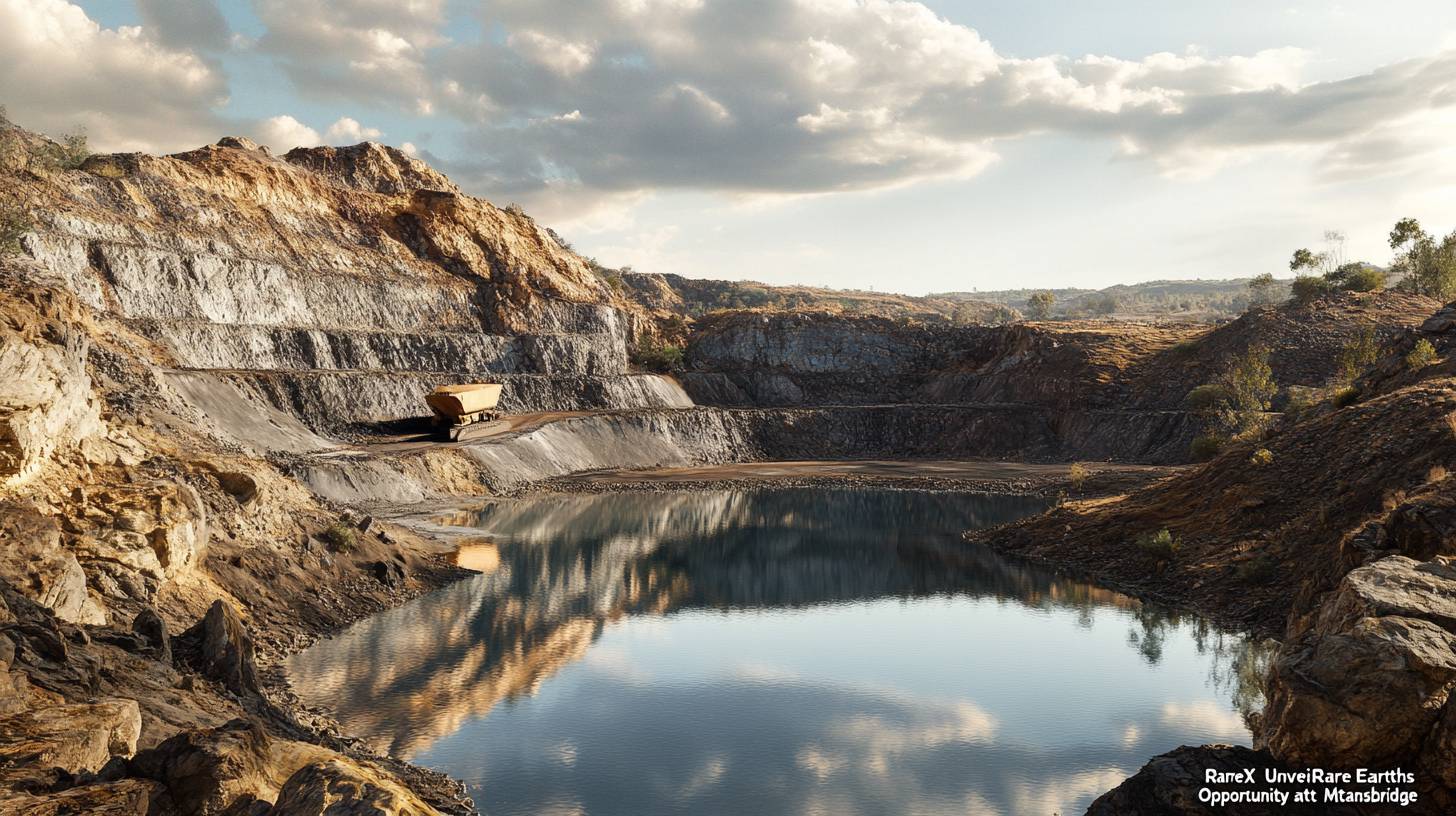
Findings of heavy rare earths at Mt Mansbridge
RareX (ASX: REE) has achieved a notable milestone at its Mt Mansbridge tenement in the remote northern part of Western Australia, revealing a potential heavy rare earths (HRE) opportunity. This finding follows a thorough evaluation of historical data, which underscored the potential for valuable rare earth elements, mainly dysprosium and terbium, both essential for creating permanent magnets utilized in electric vehicles and renewable energy solutions.
The Mt Mansbridge project is strategically positioned in a region recognized for its mineral richness, and RareX’s recent discoveries indicate that the tenement may contain a significant HRE resource. The company is gearing up to launch a detailed exploration program aimed at better defining the mineralisation’s extent. This discovery places RareX in a strong position to potentially benefit from the increasing demand for rare earths, fueled by the global transition towards decarbonisation and electrification.
As the rare earths market becomes tighter and prices for essential elements like dysprosium and terbium continue to climb, RareX’s Mt Mansbridge project could evolve into a vital asset in its portfolio, presenting considerable benefits for investors. The upcoming exploration phase will be critical in assessing the size and economic feasibility of the deposit.
Partnership with Tjurabalan native title holders
RareX’s partnership with the Tjurabalan native title holders has been a key factor in the company’s advancements at Mt Mansbridge. By collaborating with the traditional stewards of the land, RareX has made sure its exploration efforts are carried out in a culturally respectful and responsible way. This alliance not only enhances the company’s social licence to operate but also aligns with wider industry movements towards sustainable and ethical mining practices.
The Tjurabalan people have offered invaluable perspectives about the land, which have been crucial in shaping RareX’s exploration approach. Their extensive knowledge of the area has enabled the company to pinpoint pivotal sites of interest, potentially speeding up the discovery timeline. This partnership is expected to persist as RareX transitions into the next exploration phase, ensuring that the project is advantageous for both the company and the local community.
Beyond nurturing positive ties with the Tjurabalan, RareX’s strategy could act as an example for other mining firms in Australia, where indigenous title considerations are increasingly vital in project development. By emphasizing meaningful interaction with indigenous stakeholders, RareX is establishing itself as a conscientious participant in the rare earths sector, which may bolster its reputation among investors prioritizing environmental, social, and governance (ESG) factors.

